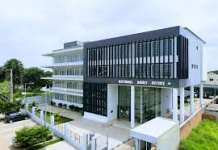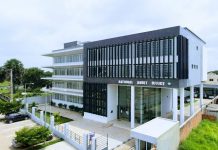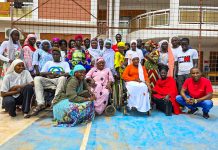By Nelson Manneh
The Gambia Bureau of Statistics (GBOS), in its 2024 population and housing census preliminary report, Wednesday indicated that the population of the Gambia has increased to a total of two million four and twenty-two thousand seven hundred and twelve.
The report indicates that the female population constitutes 51% whilst the males constitute 49%.
The preliminary report further indicates that Brikama is the most populous Local Government Area accounting for 47.5% of the country’s population. Together with Kanifing, these two Local Government Areas constitute 63.2% of the national population.
On Wednesday, 11 September 2024, GBoS released its preliminary report for the 2024 census. The main objective of conducting the 2024 population and housing census according to stakeholders was to provide statistics on the population’s demographic, social and economic characteristics household and housing characteristics.
“The gathered information is evidence-based data to help the Central and Local Governments plan for various social services such as education, health, housing, sanitation, and other services. The information derived from the census also helps the private sector, including businesses to plan their activities, which will be of benefit to the economic development of this country,” said Mr Nyakassi Sanyang the Statistician General GBoS.
The data collected shows that Gambians make up the overwhelming majority of The Gambia’s population. Senegalese nationals are the largest foreign nationals at 1.7% (forty thousand eight hundred and forty-nine), followed by Guineans at 1.5% (thirty-six thousand and seventy-seven). Other nationalities, including Nigerians, Sierra Leoneans, and others, each represent less than 1% of the population.
“The most notable trend is the accelerated growth between 2013 and 2024, suggesting a rapidly expanding population or changes in household formation patterns. This upward trajectory highlights the increasing demand for housing and related services over time,” the report indicated.
The report further indicated that the household sizes in The Gambia differ significantly by Local Government Areas. Banjul has the smallest average size at 4.6, whilst Kuntaur and Basse have much larger sizes of 10.7 and 12.6 respectively. The national average household is 8.0.
Between 2013 and 2024, the GBoS preliminary report stated that the Gambia’s annual population growth rate is 2.5%. This shows a decline in annual growth rate compared to the 2003 and 2013 intercensal period, which recorded an annual growth rate of 3.1%.




















